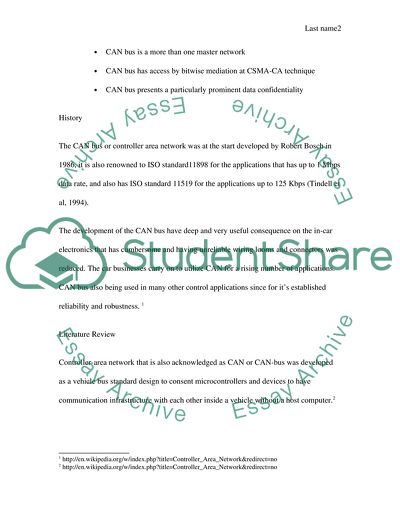Cite this document
(CAN Bus Technology Case Study Example | Topics and Well Written Essays - 2000 words - 1, n.d.)
CAN Bus Technology Case Study Example | Topics and Well Written Essays - 2000 words - 1. Retrieved from https://studentshare.org/technology/1718505-can-bus-technologies
CAN Bus Technology Case Study Example | Topics and Well Written Essays - 2000 words - 1. Retrieved from https://studentshare.org/technology/1718505-can-bus-technologies
(CAN Bus Technology Case Study Example | Topics and Well Written Essays - 2000 Words - 1)
CAN Bus Technology Case Study Example | Topics and Well Written Essays - 2000 Words - 1. https://studentshare.org/technology/1718505-can-bus-technologies.
CAN Bus Technology Case Study Example | Topics and Well Written Essays - 2000 Words - 1. https://studentshare.org/technology/1718505-can-bus-technologies.
“CAN Bus Technology Case Study Example | Topics and Well Written Essays - 2000 Words - 1”, n.d. https://studentshare.org/technology/1718505-can-bus-technologies.


